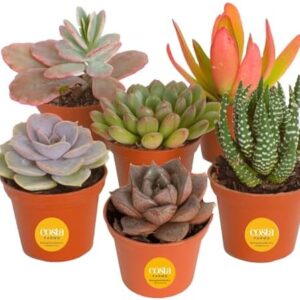When it comes to gardening, understanding the different seasons and knowing when to plant certain crops can make a world of difference in the success of your garden. From spring to winter, there are specific times to plant different vegetables, fruits, and flowers to ensure they thrive and produce a bountiful harvest. In this comprehensive seasonal planting guide, we will walk you through the best times to plant different crops throughout the year.
Spring is a time of new beginnings in the garden. As the weather warms up and the days get longer, it’s the perfect time to start planting cool-season crops like peas, lettuce, spinach, and radishes. These crops can tolerate the cooler temperatures of early spring and will grow quickly in the mild weather. You can also start planting some warm-season crops like tomatoes, peppers, and eggplants indoors to get a head start on the growing season.
As spring progresses and temperatures continue to rise, it’s time to plant your warm-season crops directly in the garden. Make sure to wait until all threat of frost has passed before planting these crops, as they are sensitive to cold temperatures. You can also start planting summer-flowering bulbs like dahlias, lilies, and gladiolus in the spring for beautiful blooms later in the season.
Summer is the peak growing season in the garden, with long days and warm temperatures providing the perfect conditions for most crops to thrive. In the early summer, you can continue planting warm-season crops like tomatoes, peppers, and squash, as well as herbs like basil, parsley, and cilantro. You can also plant heat-loving crops like corn, beans, and cucumbers that will thrive in the hot summer sun.
As the summer progresses, it’s important to stay on top of watering and fertilizing your garden to ensure your plants have the nutrients they need to keep growing strong. You can also plant fall crops like broccoli, cauliflower, and kale in late summer for a fall harvest. And don’t forget to deadhead your summer-flowering plants to encourage more blooms and keep your garden looking its best.
Fall is a time of transition in the garden, as temperatures start to cool down and the days get shorter. It’s a great time to plant cool-season crops like lettuce, spinach, and carrots for a late fall or early winter harvest. You can also plant bulbs like tulips, daffodils, and hyacinths in the fall for a burst of color in the spring.
In the late fall, it’s important to clean up your garden beds and prepare them for winter. Remove any dead plants, mulch around your plants to protect them from the cold, and add compost to enrich the soil for next year’s crops. You can also plant cover crops like clover or rye to protect the soil and add nutrients for the next growing season.
Winter is a time of rest for the garden, as most plants go dormant and stop growing in the cold weather. But that doesn’t mean you can’t still enjoy some fresh produce from your garden. You can plant cold-hardy crops like kale, arugula, and radishes in a cold frame or hoop house to extend your growing season into the winter months. You can also start planning for next year’s garden by ordering seeds and making a planting schedule for the upcoming year.
Overall, understanding the different seasons and knowing when to plant different crops can make a big difference in the success of your garden. By following this comprehensive seasonal planting guide, you can ensure your garden stays productive year-round and provides you with a bountiful harvest of fruits, vegetables, and flowers. So roll up your sleeves, grab your gardening tools, and get planting!






